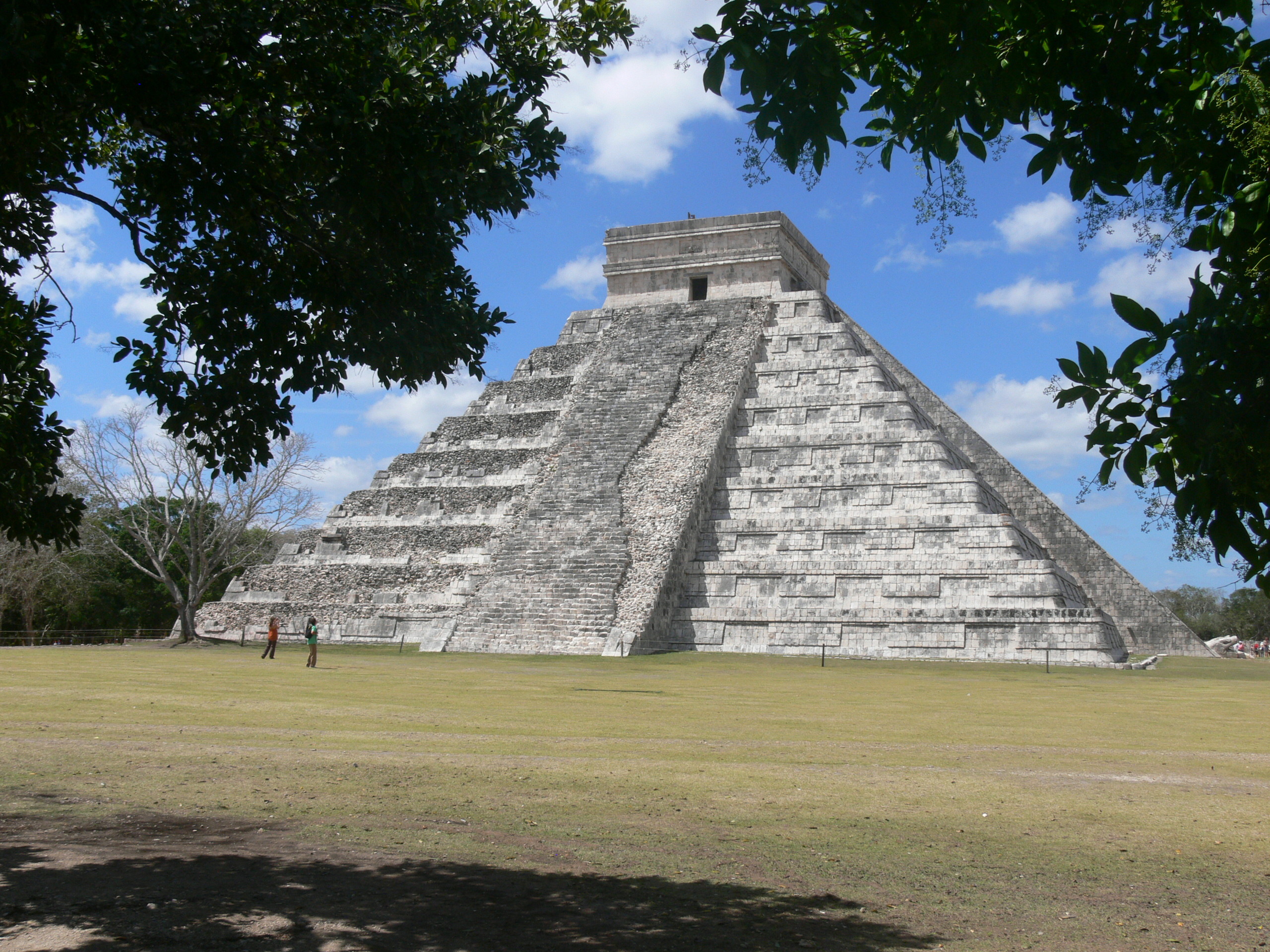Yucatan peninsula, nowadays Mexico, is fertile land however disadvantaged by a shortage of running water (rivers) or lakes.
"Soil here is fuel, natural resources abundant. It's look like ideal place for human habitation. Except for one thing ... the Puuc region has no water sources ... no rivers, lake, streams, creeks." Source: Quest for the Lost Maya. PBS/National Geographic documentary
How ancient Maya overcome it? Well, they need to find a way to collect rainwater during 6 months of wet season. They use natural limestone bedrock to dug flat bottle shape cistern called chultun. This name is a combination of two Maya language words - chulub (rainwater) and tun (stone)[2]
The first description of chultuns was done in XVI century by bishop
Diego de Landa in his book Relación de las cosas de Yucatán[2]. These water chambers were carved from soft limestone, then covered inside by limestone stucco to keep water in the side[3]. The required capacity of chultuns was investigated in Quest of Lost Maya documentary:
[In Kiuic] the Maya engineering the patio rooftops and plazas to capture every last drop of rain water. Than drain to eight chultuns (...). The entire hilltop function as giant rain barrel. So how many people would that ingenious water tank support. Chultuns have average capacity of about 10 000 gallons. They calculate that typical family of six consumes 27 gallons a day. So single chultuns could have support seven families through 3 rainless months.
Source: Quest for the Lost Maya. PBS/National Geographic documentary
Chultuns when became unused (e.g. water found a way outside) they are used also as food storage or garbage collector. Sometimes even burial place[4].
Maya chultuns construction was inspired by natural cenotes, natural pits that exists also on Yucatan peninsula.


